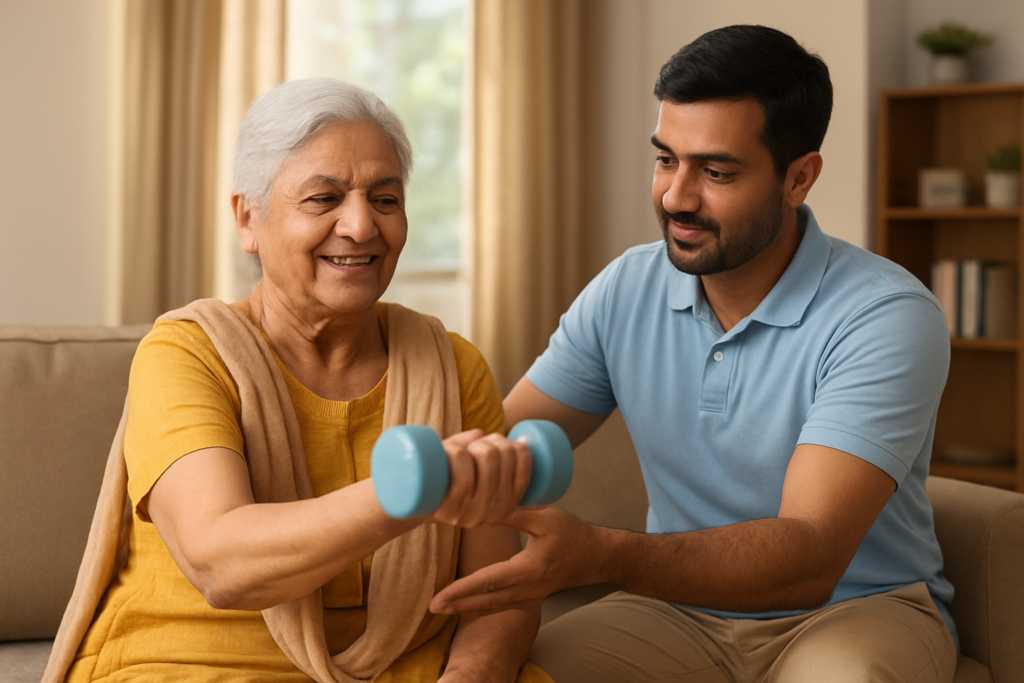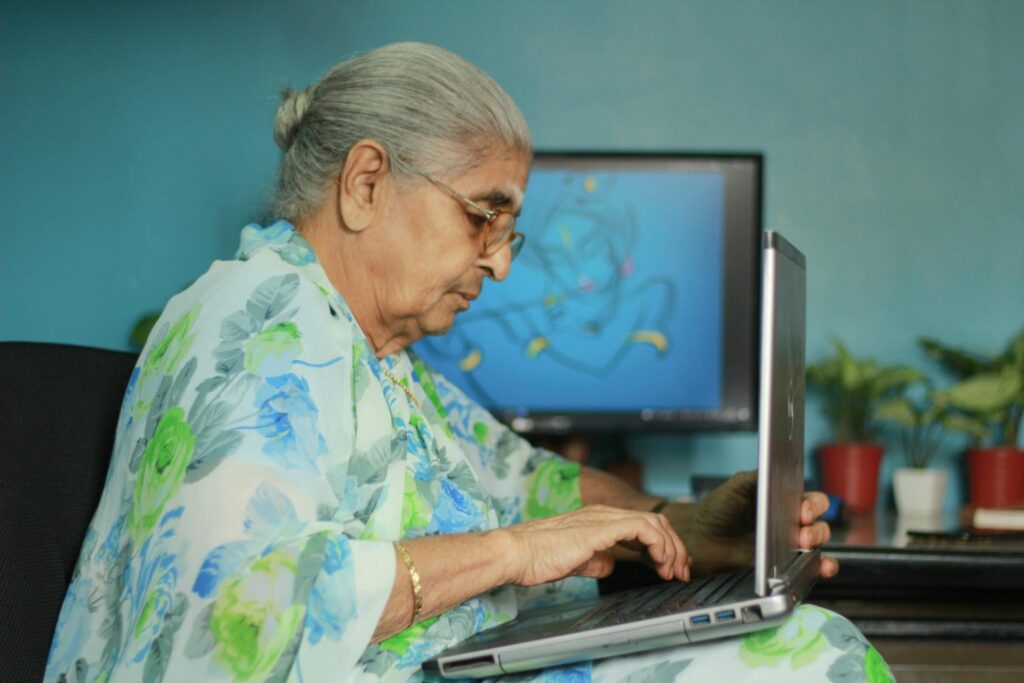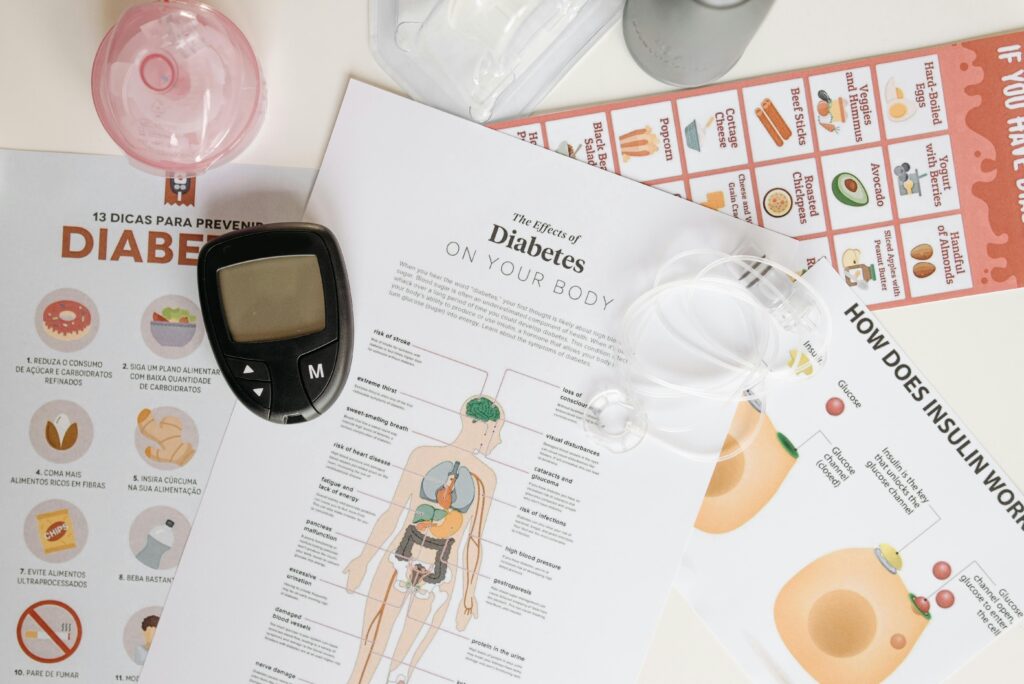Growing older is a natural part of life, but it often comes with challenges. Illness, injury, or surgery can affect the ability of elders to move, speak, or perform everyday tasks. These changes can be overwhelming not only for the elder but also for the family. Rehabilitation plays a vital role in helping elders recover, regain strength, and live with confidence.
Rehabilitation is not just medical treatment. It is a holistic journey that focuses on physical, emotional, and social well-being. With the right support, elders can bounce back from health challenges and continue to enjoy meaningful lives.
Why Rehabilitation Matters for Elders
For an elder, even a small health setback can feel like a big barrier. A simple fall might cause a fracture that makes walking difficult. A stroke can suddenly limit speech or movement. After heart surgery, climbing a few steps can feel exhausting. Without proper rehabilitation, these situations may lead to dependency and a loss of self-esteem.
Rehabilitation offers:
- Recovery of physical strength and mobility
- Better emotional health through structured goals
- Prevention of further complications such as falls, infections, or stiffness
- Improved quality of life by helping elders return to hobbies and social activities
In short, rehabilitation restores dignity and independence.
Key Types of Rehabilitation for Elders
Rehabilitation is not one-size-fits-all. It depends on the elder’s condition, health status, and personal goals. Here are the main types:
1. Physiotherapy
Physiotherapy is one of the most common forms of rehabilitation. It focuses on restoring movement, strength, balance, and flexibility. For example:
- After a fracture, physiotherapy helps the elder walk again safely.
- After a stroke, it helps rebuild muscle coordination.
- For arthritis, it eases stiffness and reduces pain.
Physiotherapists design safe, personalized exercise routines, often with simple tools like resistance bands or walkers.
2. Occupational Therapy
Sometimes the challenge is not just physical strength but performing daily tasks. Occupational therapy teaches elders how to adapt and manage daily life activities—dressing, bathing, cooking, or even gardening. Therapists may suggest home modifications like handrails, grab bars, or ergonomic tools to make tasks safer and easier.
3. Speech and Swallow Therapy
After a stroke or neurological condition, elders may struggle to speak clearly or swallow food safely. Speech therapists help restore communication skills, which is crucial for social interaction and confidence. They also provide techniques and exercises to improve swallowing, reducing the risk of choking or infections.
4. Cardiac and Pulmonary Rehabilitation
For elders with heart or lung problems, rehabilitation programs include:
- Gentle exercises to improve stamina
- Breathing techniques for better oxygen flow
- Education on diet and medication routines
This not only improves daily function but also prevents further hospitalizations.
5. Psychological and Emotional Support
Rehabilitation is not only physical. Depression, fear, and anxiety are common after health setbacks. Counseling, group therapy, or even mindfulness practices help elders cope emotionally. Emotional strength is often the foundation for physical recovery.
Role of Family in Elder Rehabilitation
Family members are the backbone of successful rehabilitation. Professional care provides structure, but family support adds motivation and warmth. Here’s how families can make a difference:
- Encouragement: Simple words of praise after each small milestone boost morale.
- Patience: Recovery is slow, and setbacks may happen. Staying calm helps the elder stay hopeful.
- Consistency: Helping the elder follow exercises or routines daily builds progress.
- Safety: Modifying the home environment reduces risks of falls or injuries.
- Emotional Presence: Sitting together, listening, and offering company reduces feelings of isolation.
Simple Ways to Support Rehabilitation at Home
Even without medical training, families can create a home environment that supports recovery.
- Create a Safe Space
- Install non-slip mats in bathrooms.
- Ensure good lighting in all rooms.
- Add handrails along stairs and corridors.
- Follow Professional Plans
Always stick to the therapist’s schedule and exercises. Skipping routines can slow recovery. - Encourage Independence
Let elders try tasks on their own, stepping in only if needed. This builds confidence. - Celebrate Progress
Mark small wins—like walking a few extra steps or cooking a simple meal—with encouragement. - Watch for Warning Signs
If there’s sudden pain, breathlessness, or unusual tiredness, consult a doctor immediately.
Barriers to Rehabilitation
Despite its benefits, many elders struggle to access proper rehabilitation. Common barriers include:
- Lack of awareness about services
- Financial constraints
- Shortage of specialized professionals in smaller towns
- Social stigma around disability or dependency
Addressing these barriers requires community awareness, affordable programs, and supportive policies.
Rehabilitation Builds More than Strength
Rehabilitation is a process of rebuilding lives. It helps elders regain:
- Physical ability to move, walk, and perform tasks
- Emotional strength to cope with challenges
- Social confidence to reconnect with friends and family
- Hope for a meaningful, independent future
An elder who once feared being a burden can, with rehabilitation, enjoy walking in the park, talking freely with loved ones, or cooking a favorite dish again.
Conclusion
Rehabilitation is more than therapy—it is a lifeline. With professional guidance and strong family support, elders can recover from illness, injury, or surgery and rediscover independence. Every effort made today in rehabilitation adds years of dignity and happiness tomorrow.
💬 What’s your opinion on elder rehabilitation?
Do you have a story or experience to share? We’d love to hear your thoughts—drop them in the comments below. 👇
📢 Don’t forget to share this blog with friends or family—it may inspire someone to support an elder’s journey to recovery.






